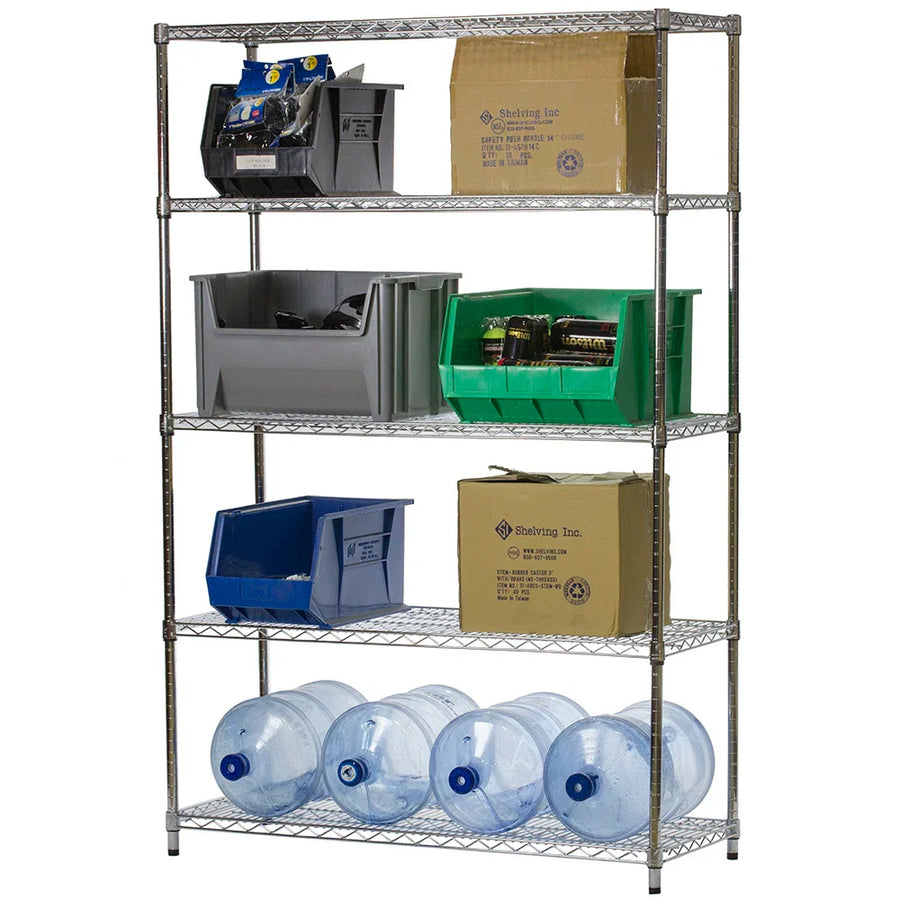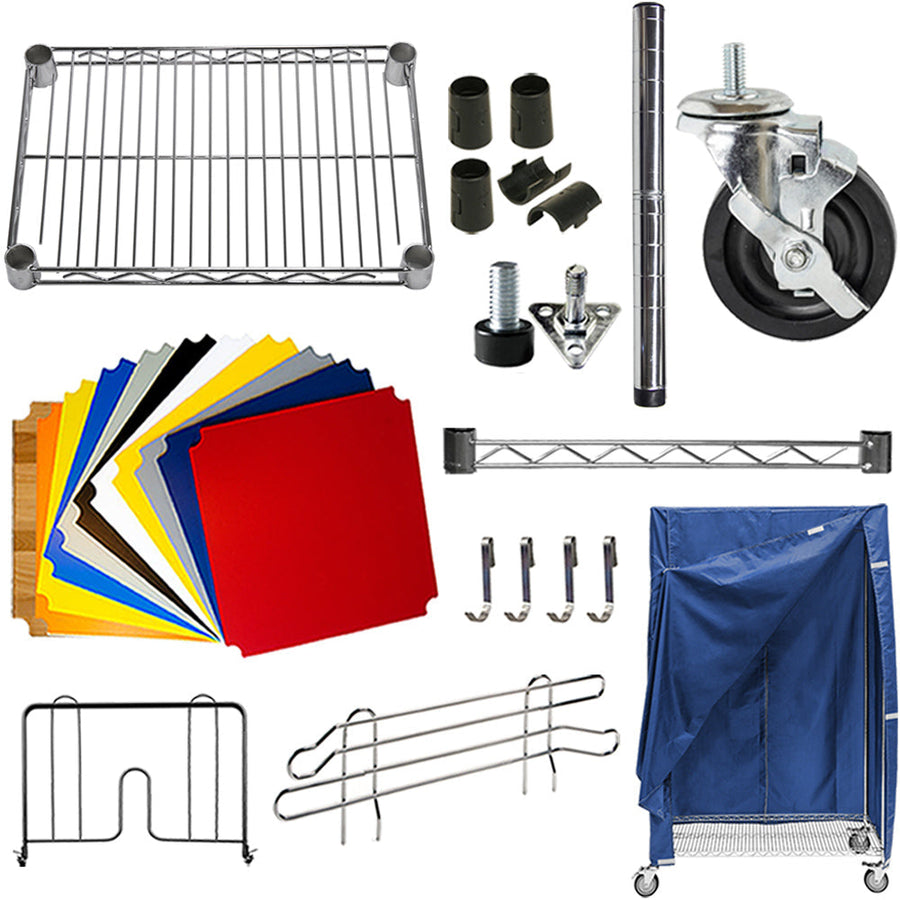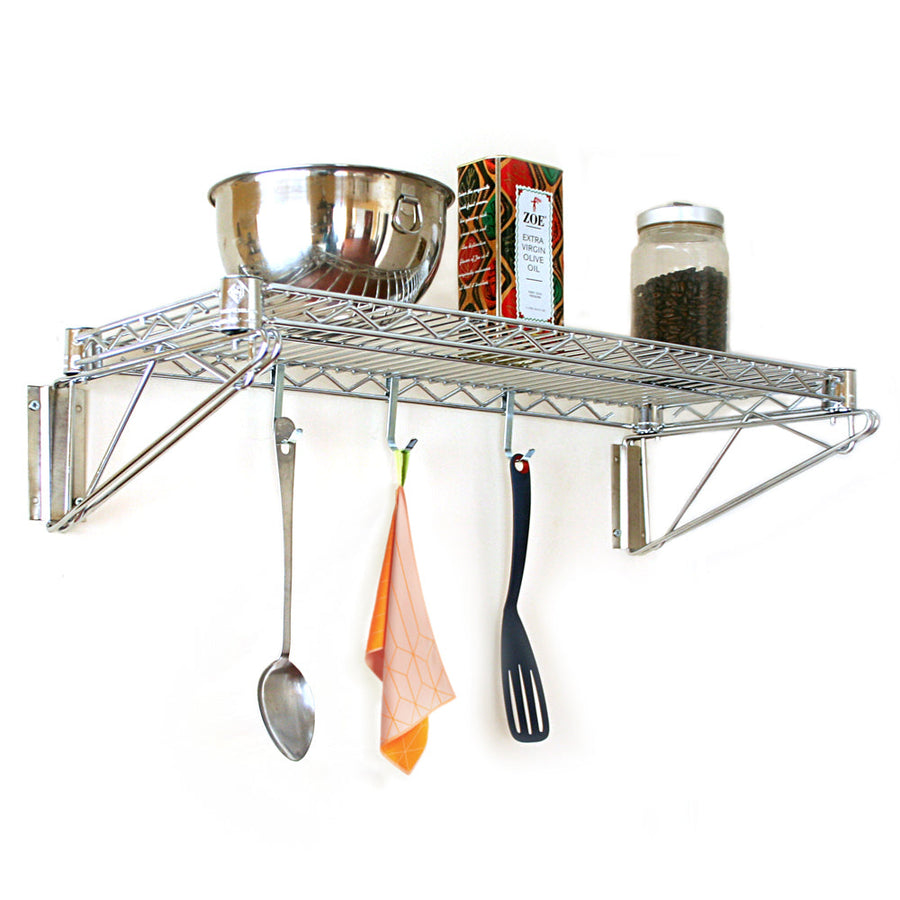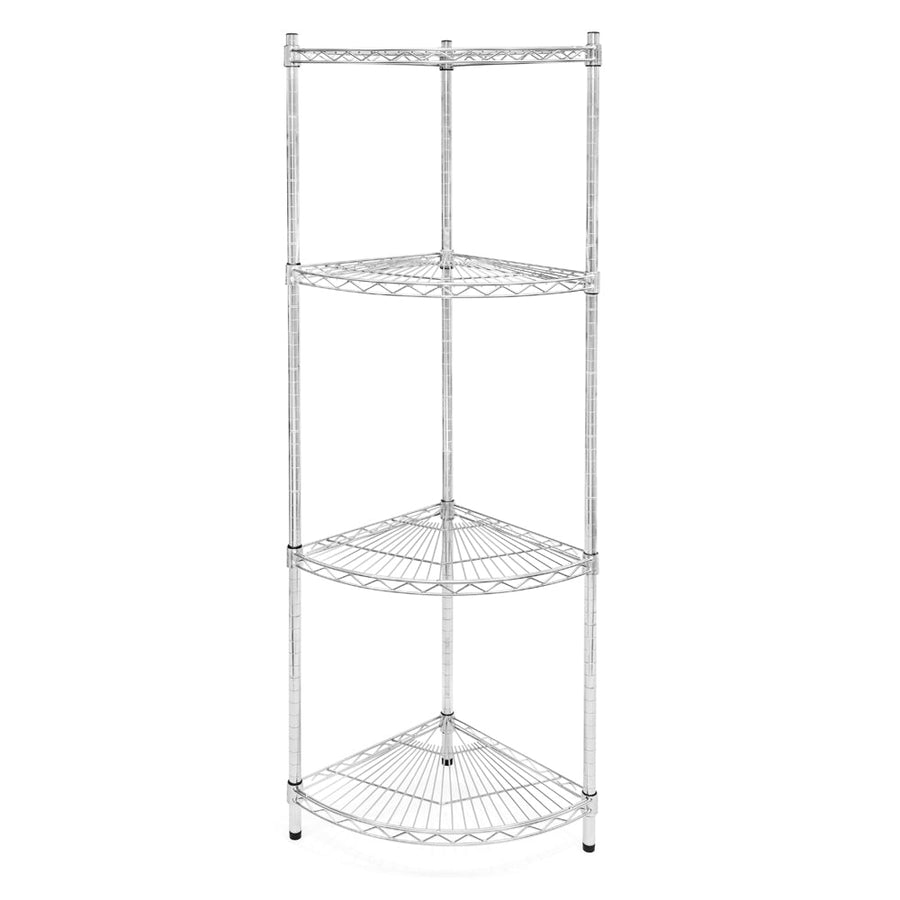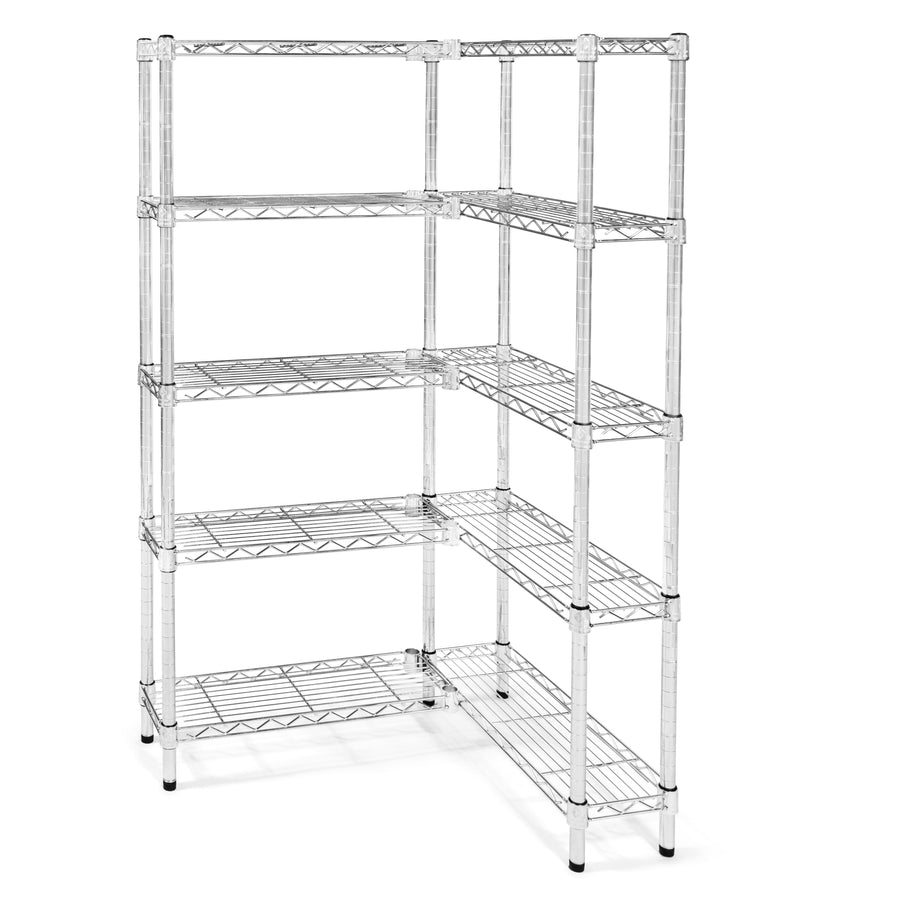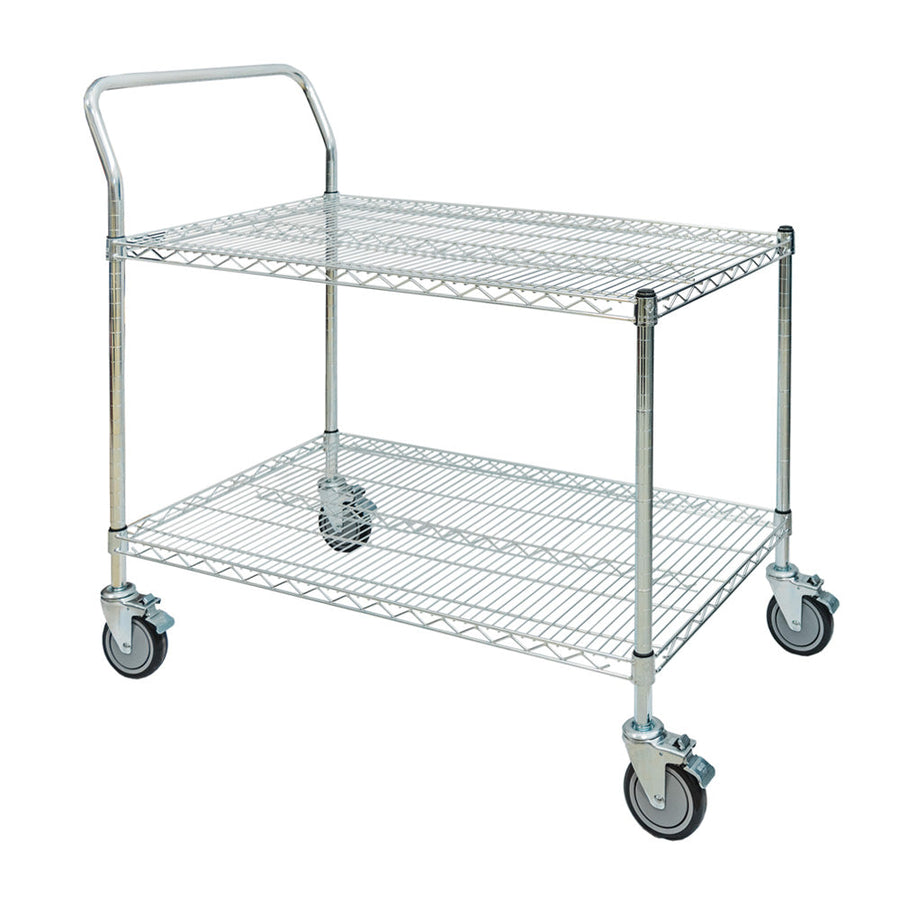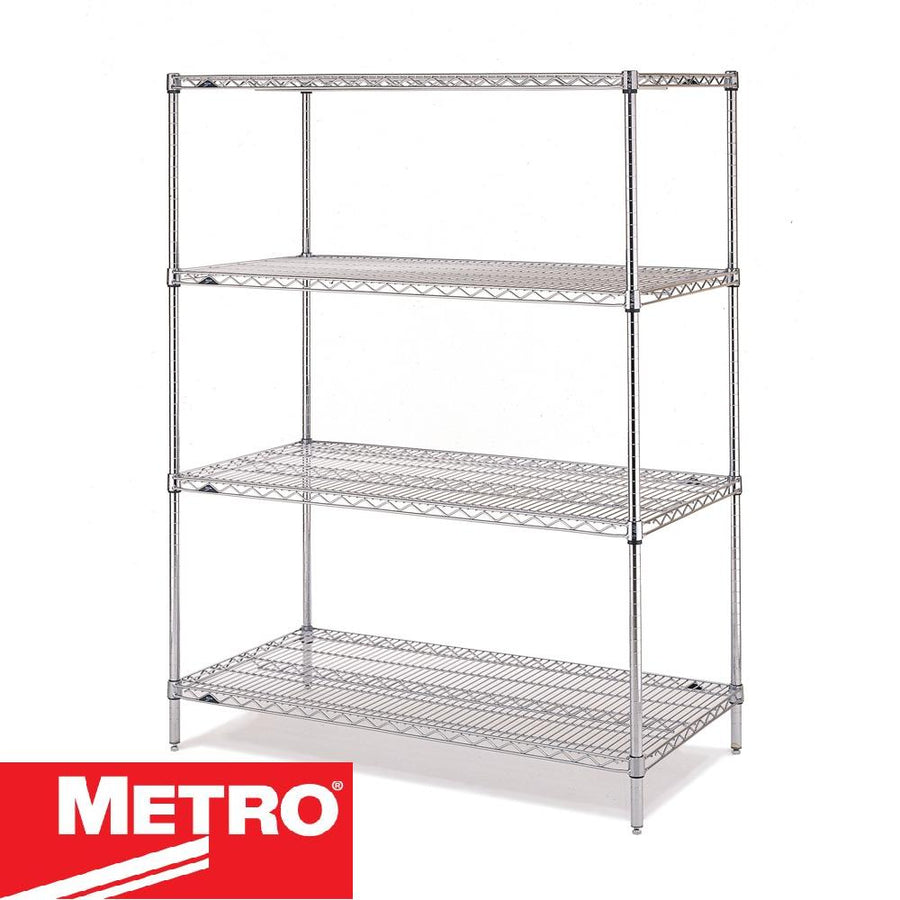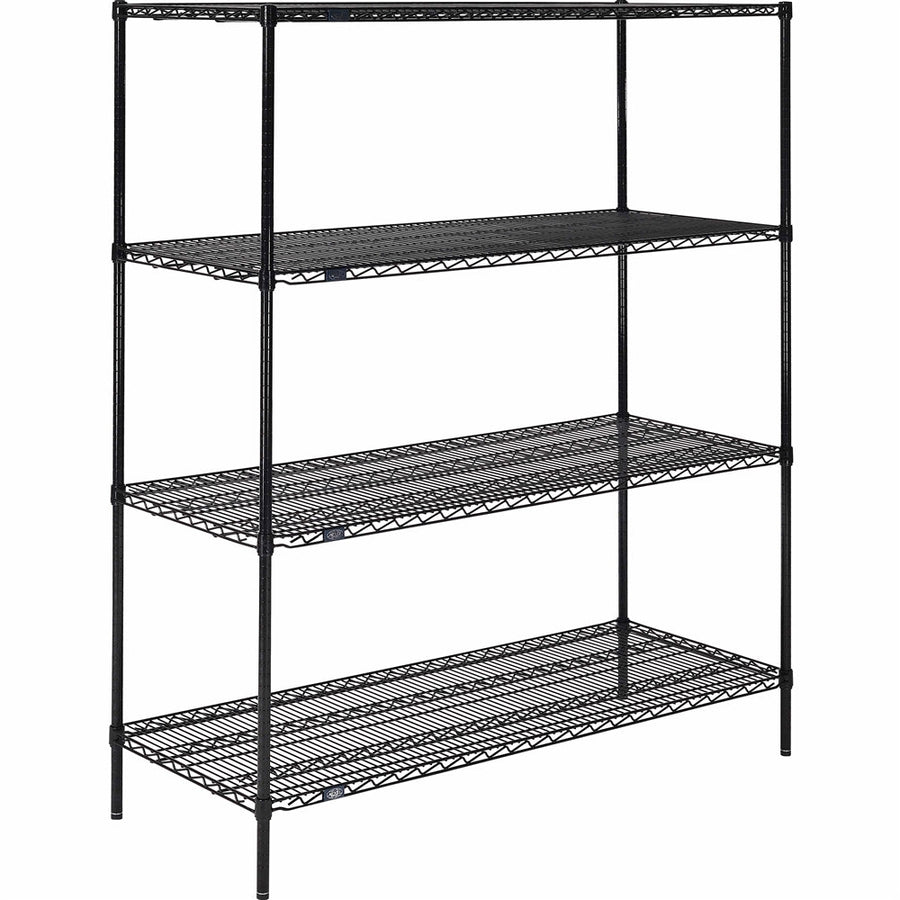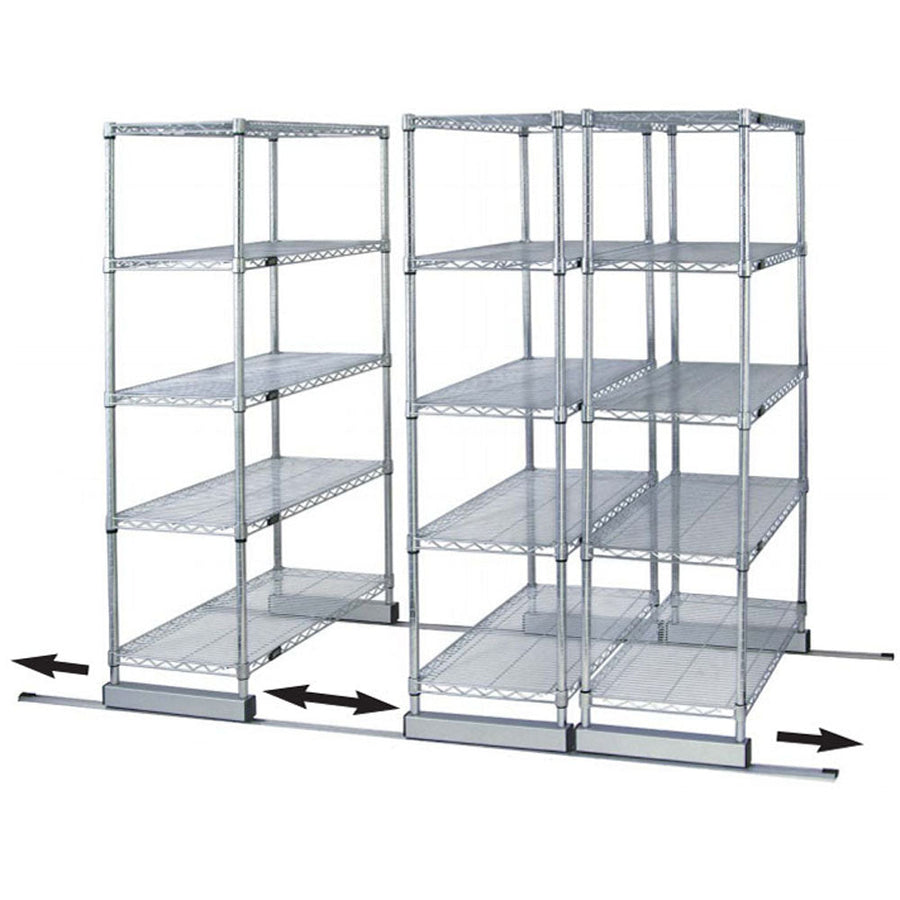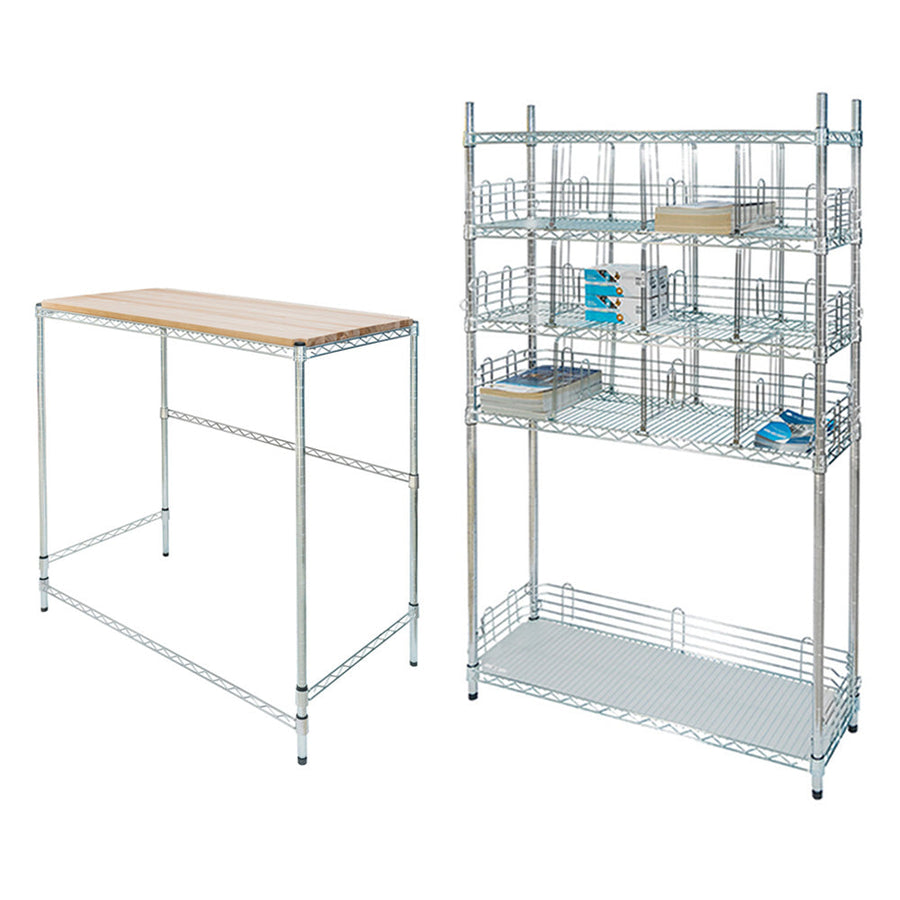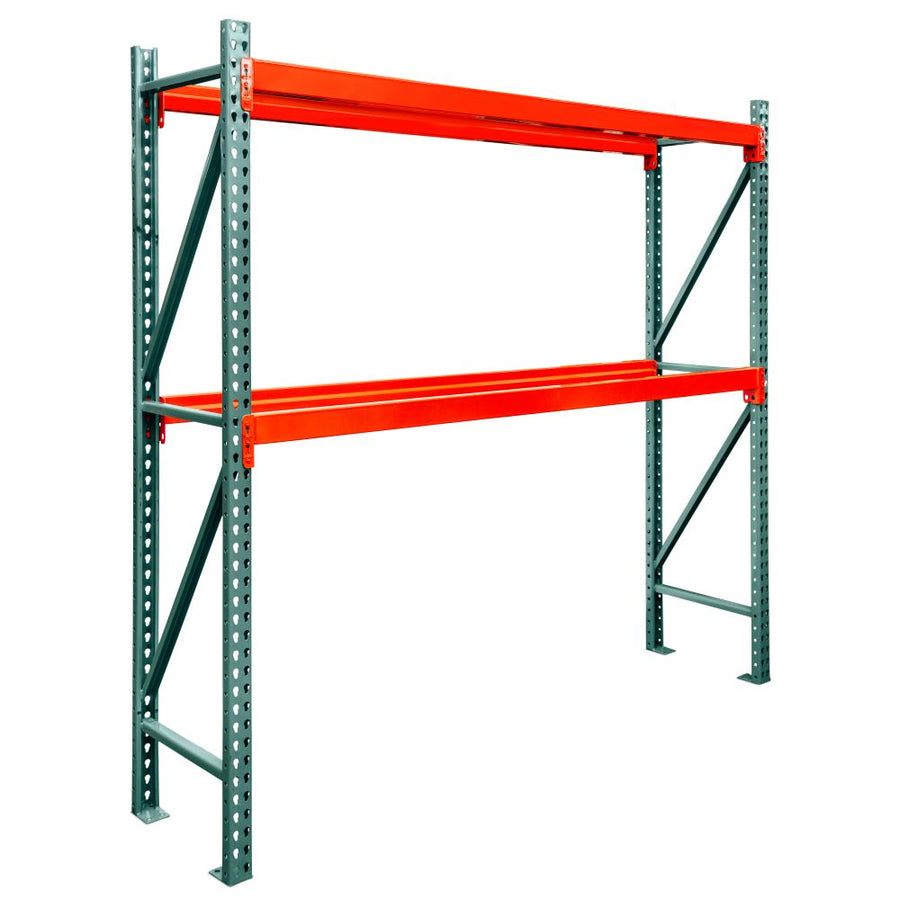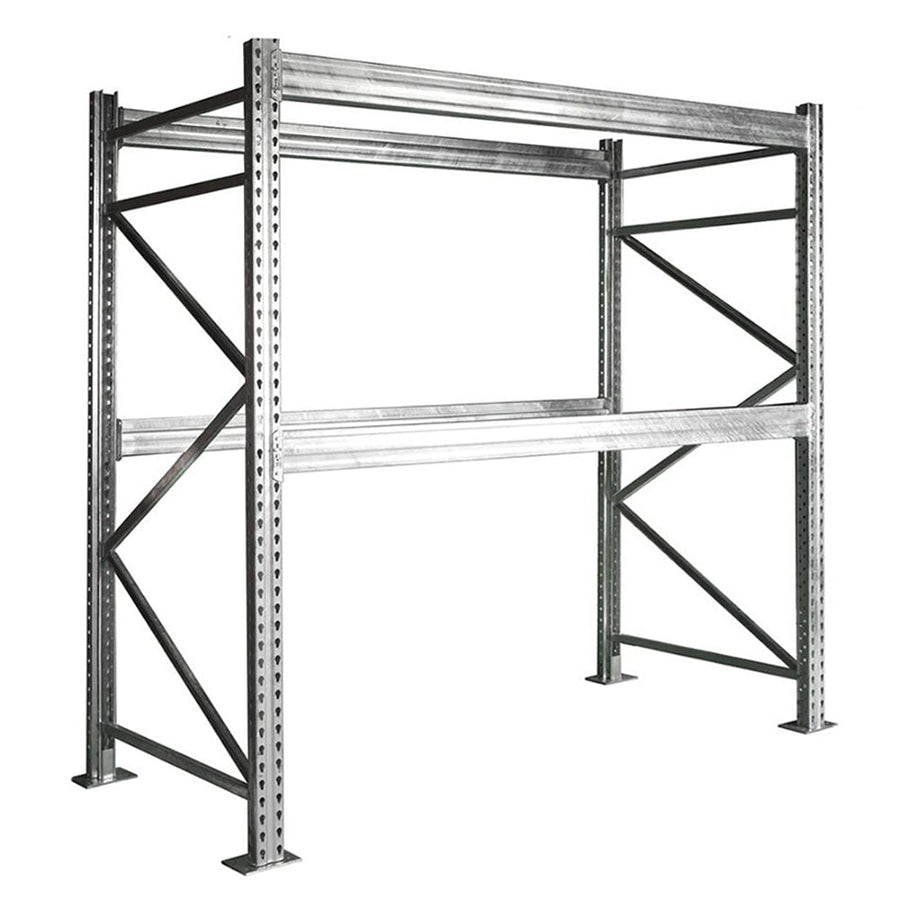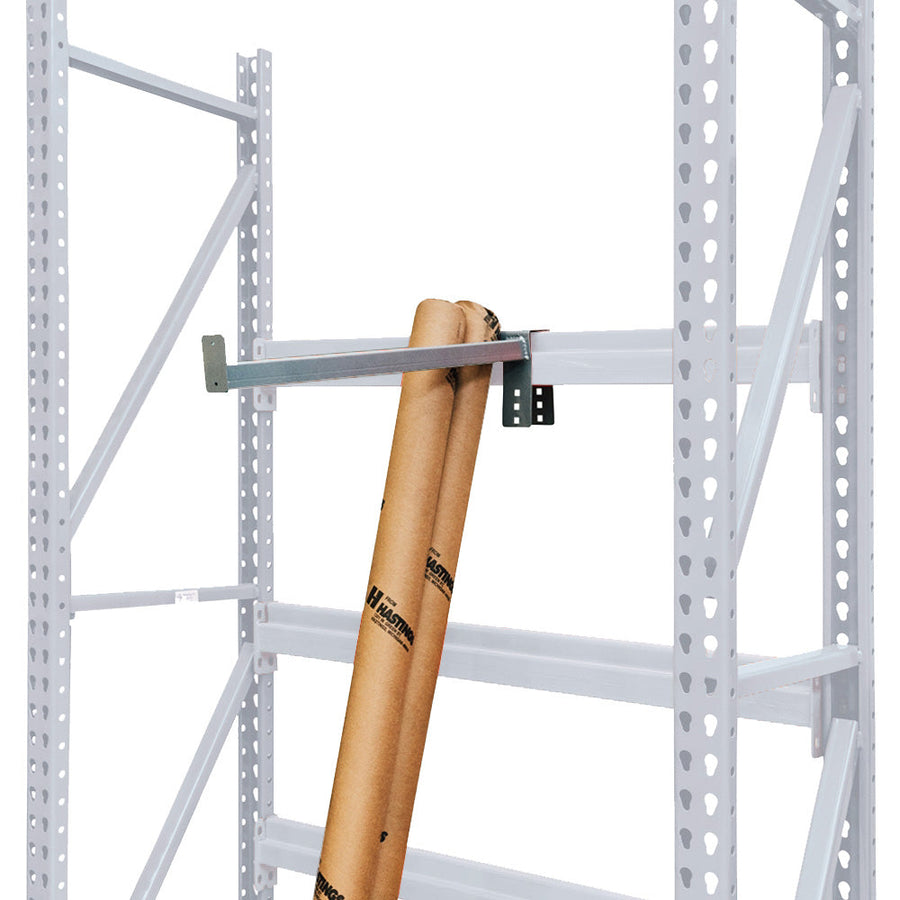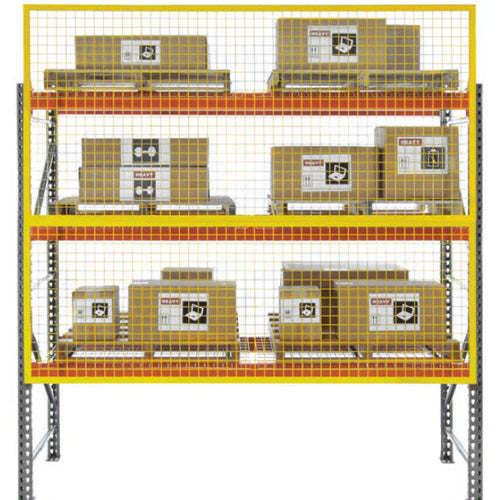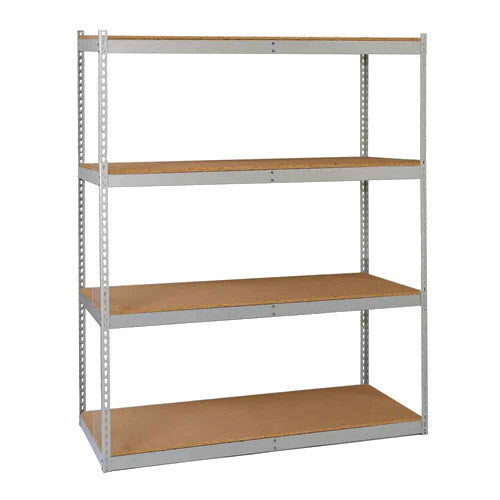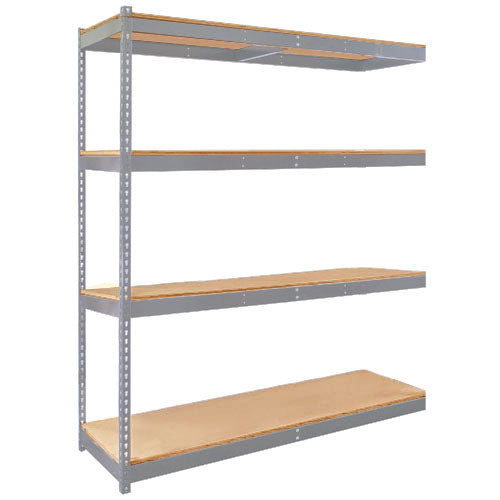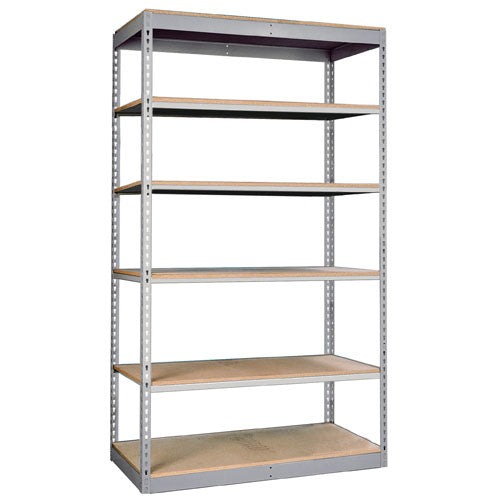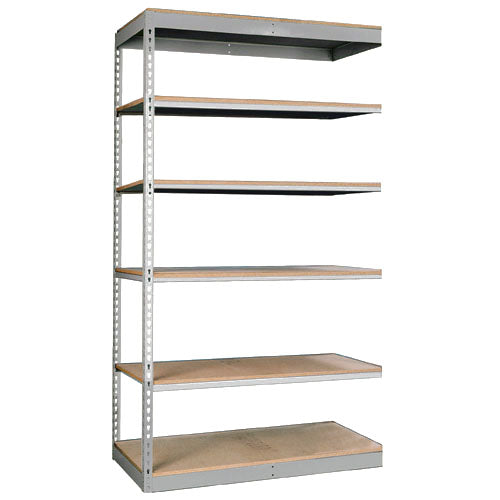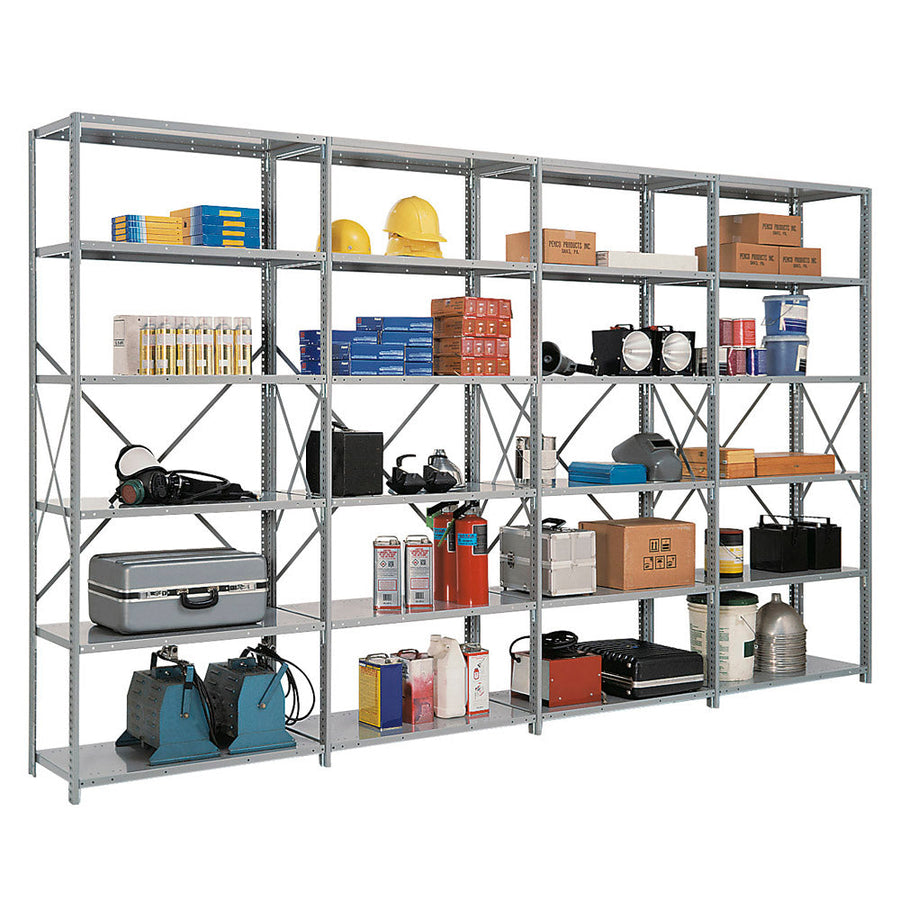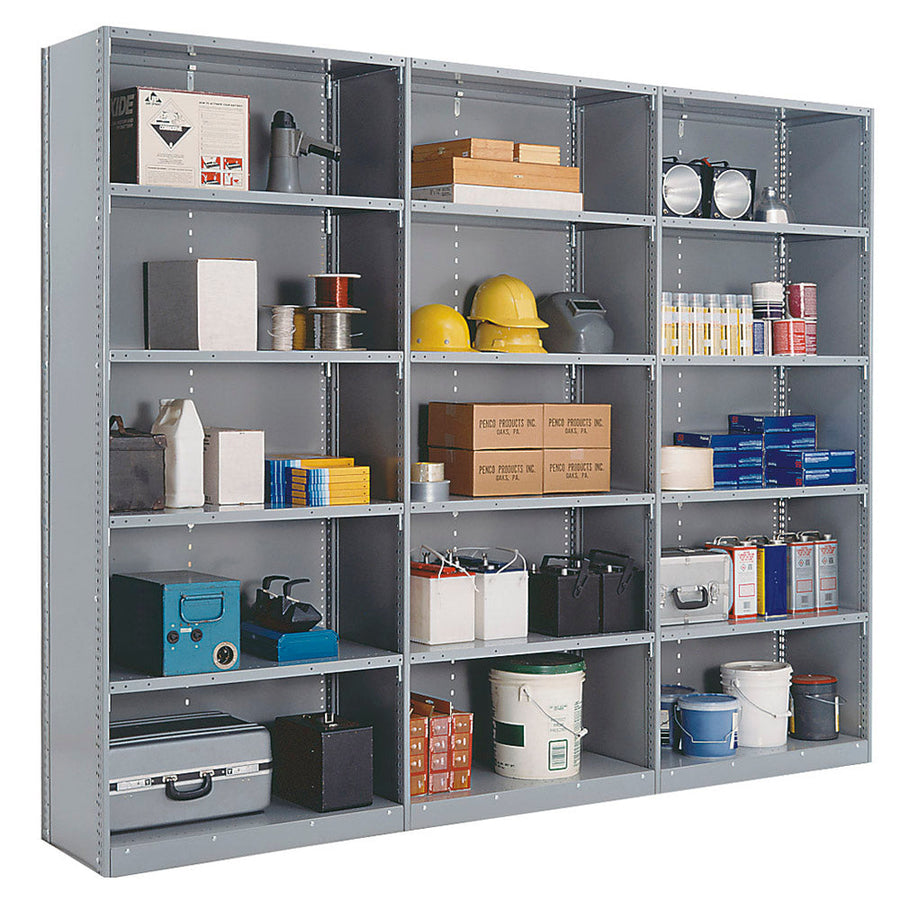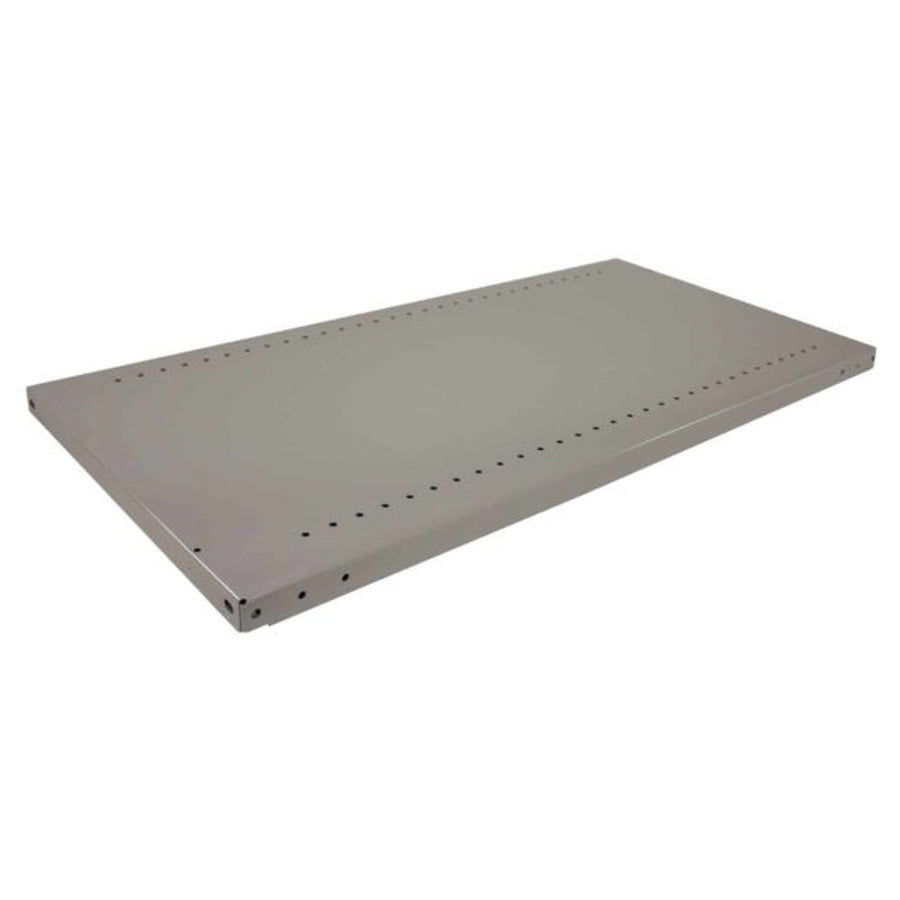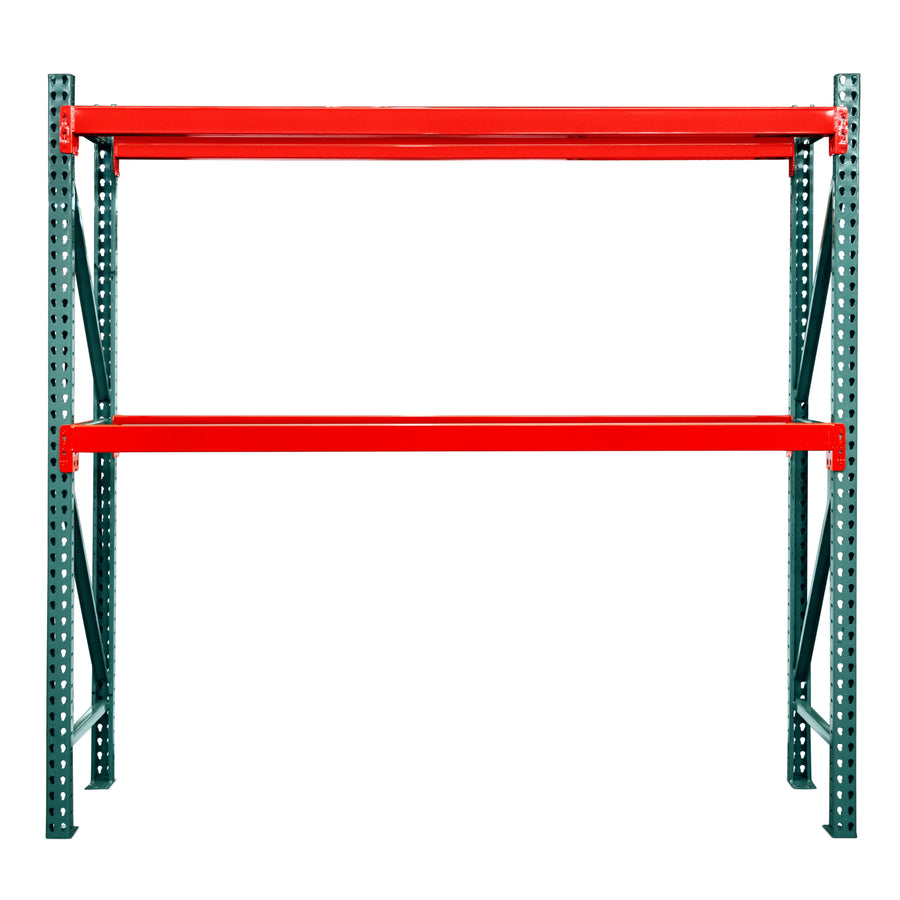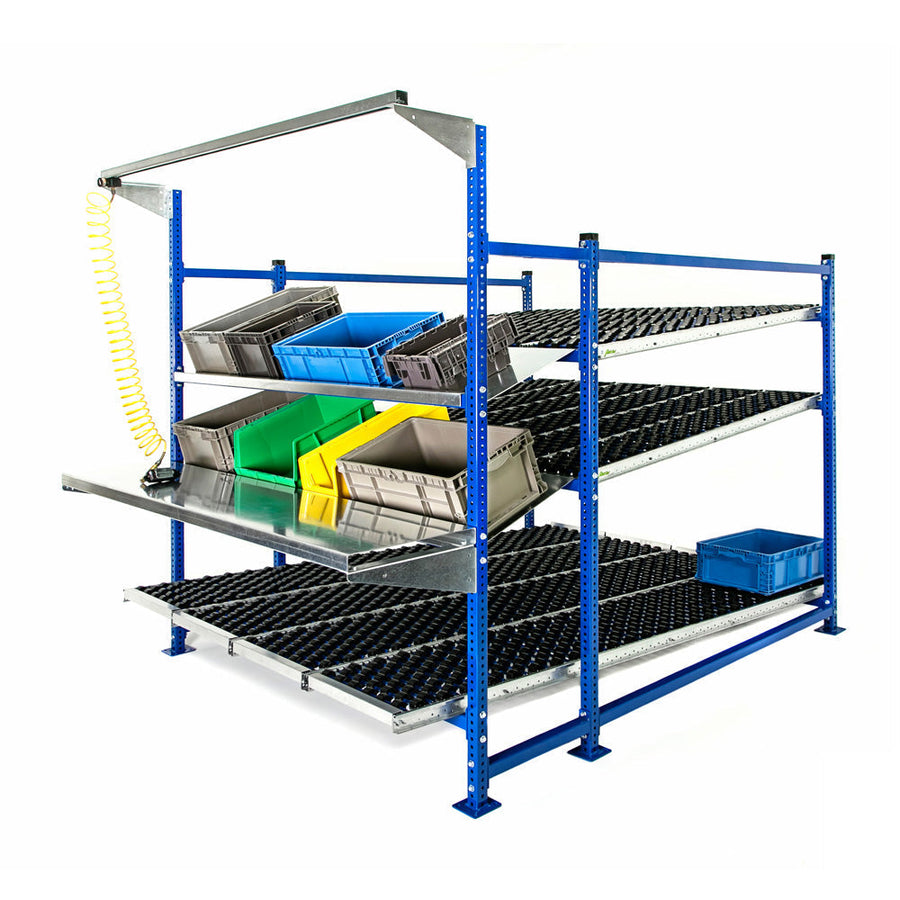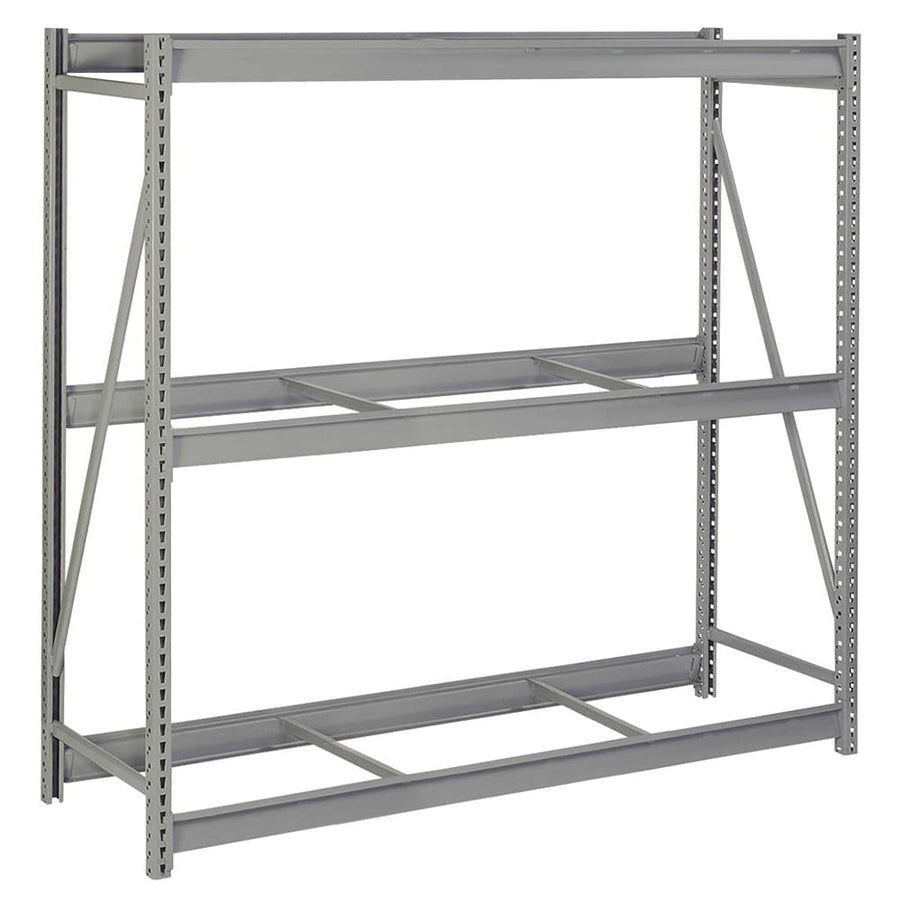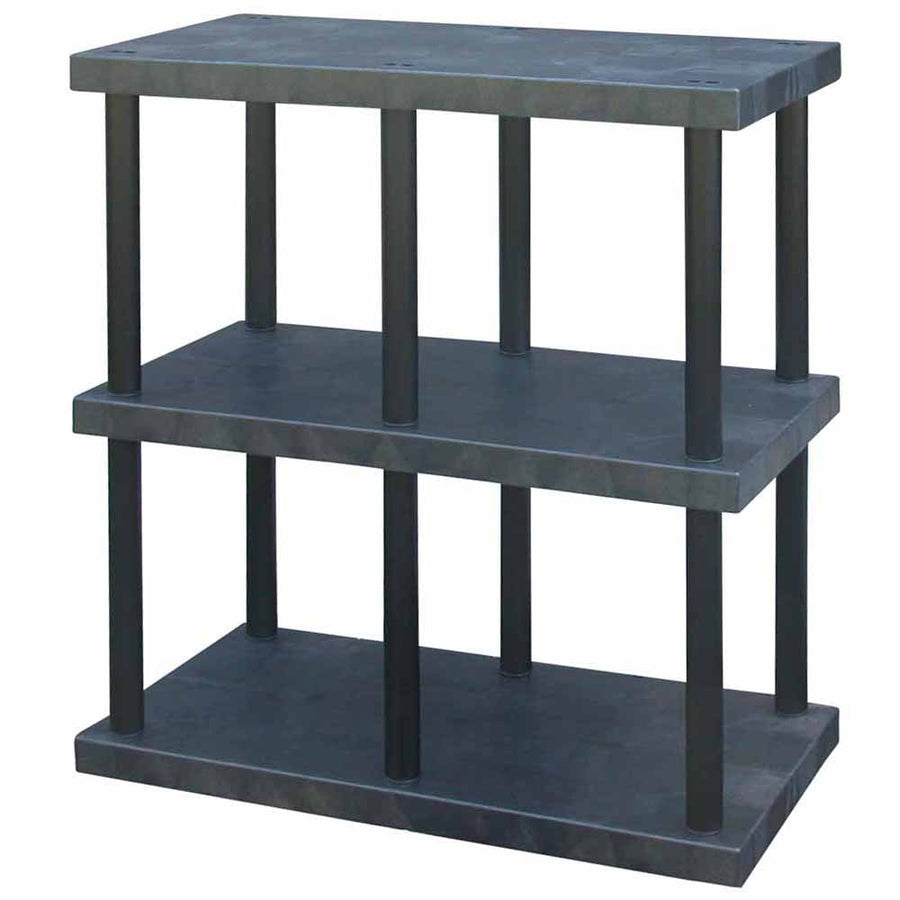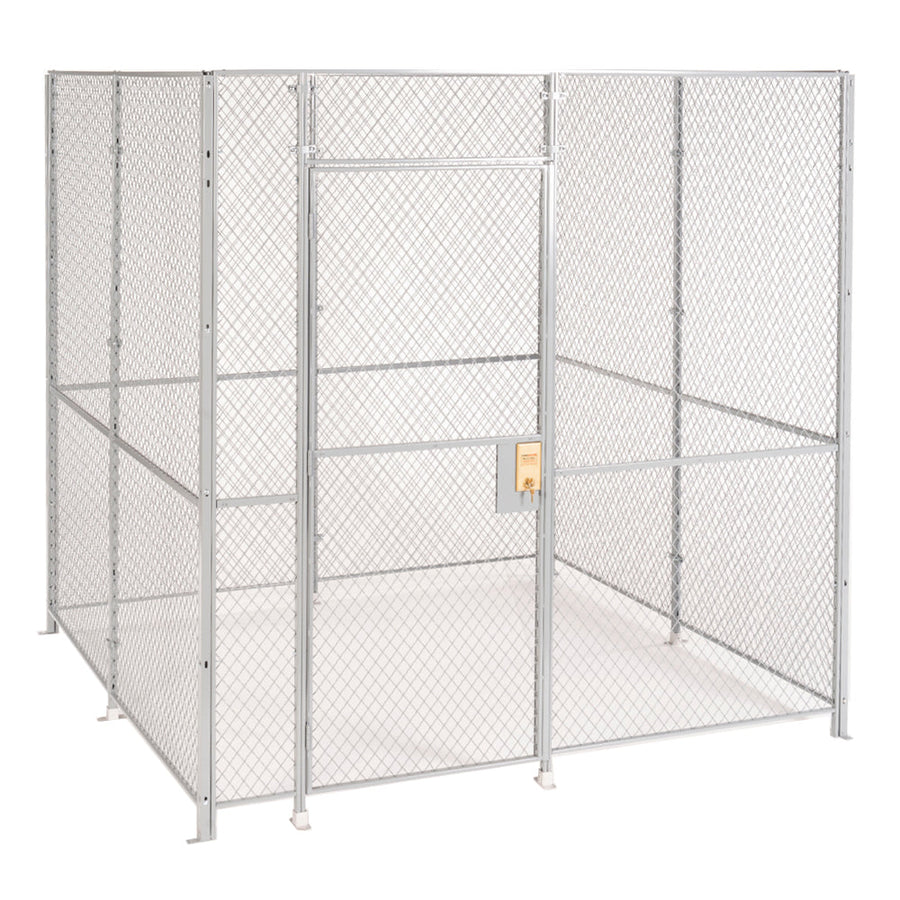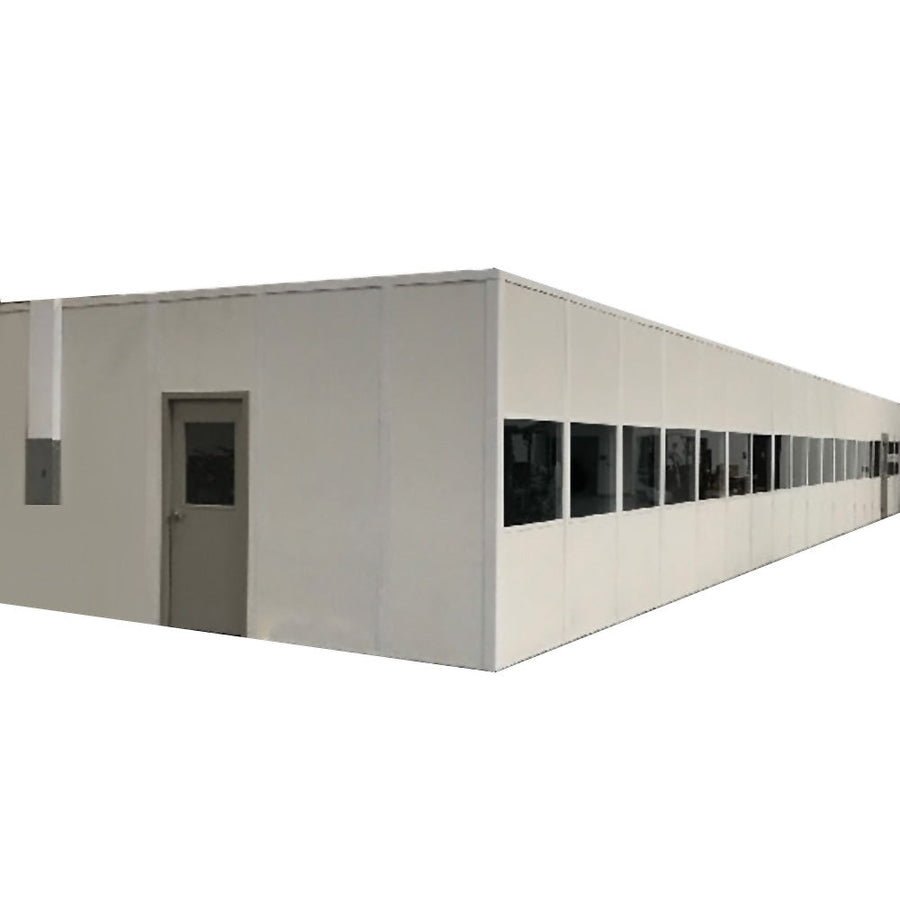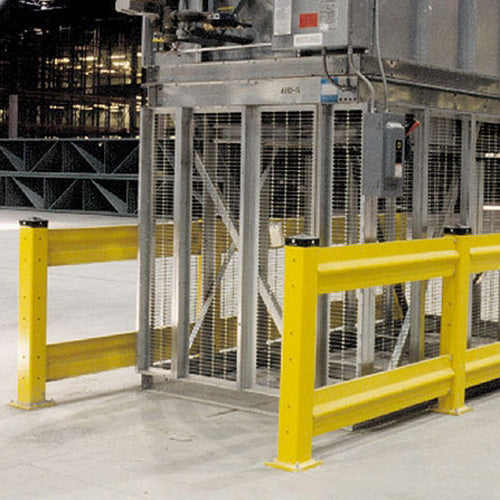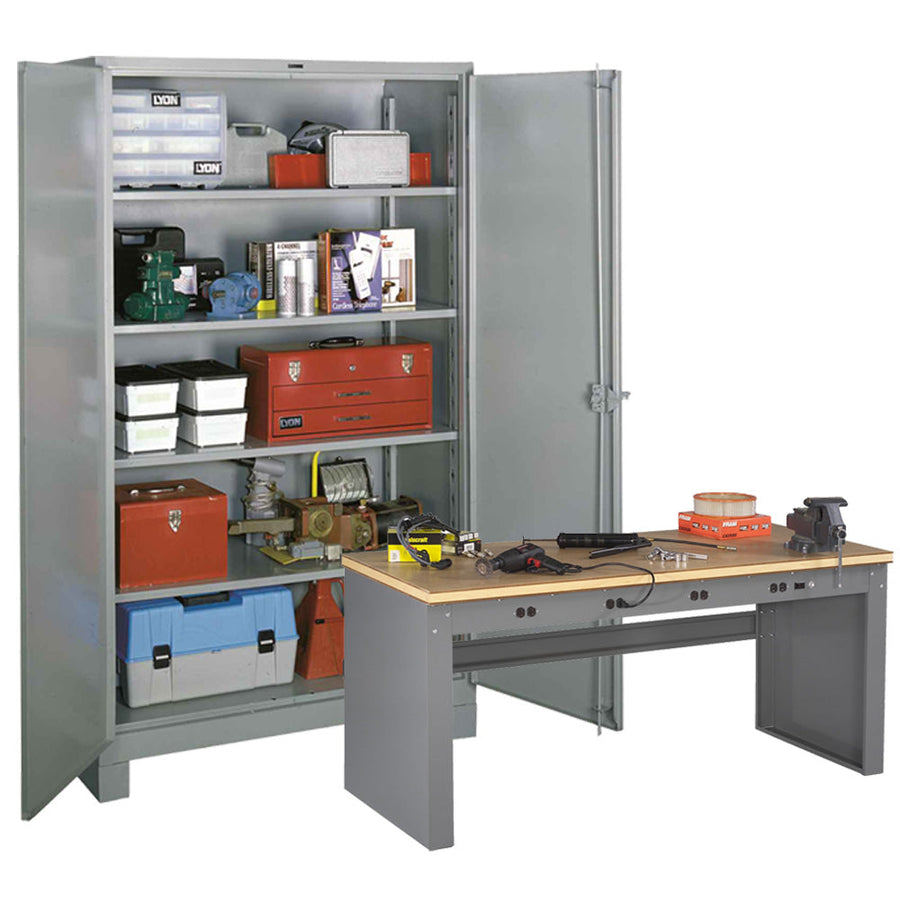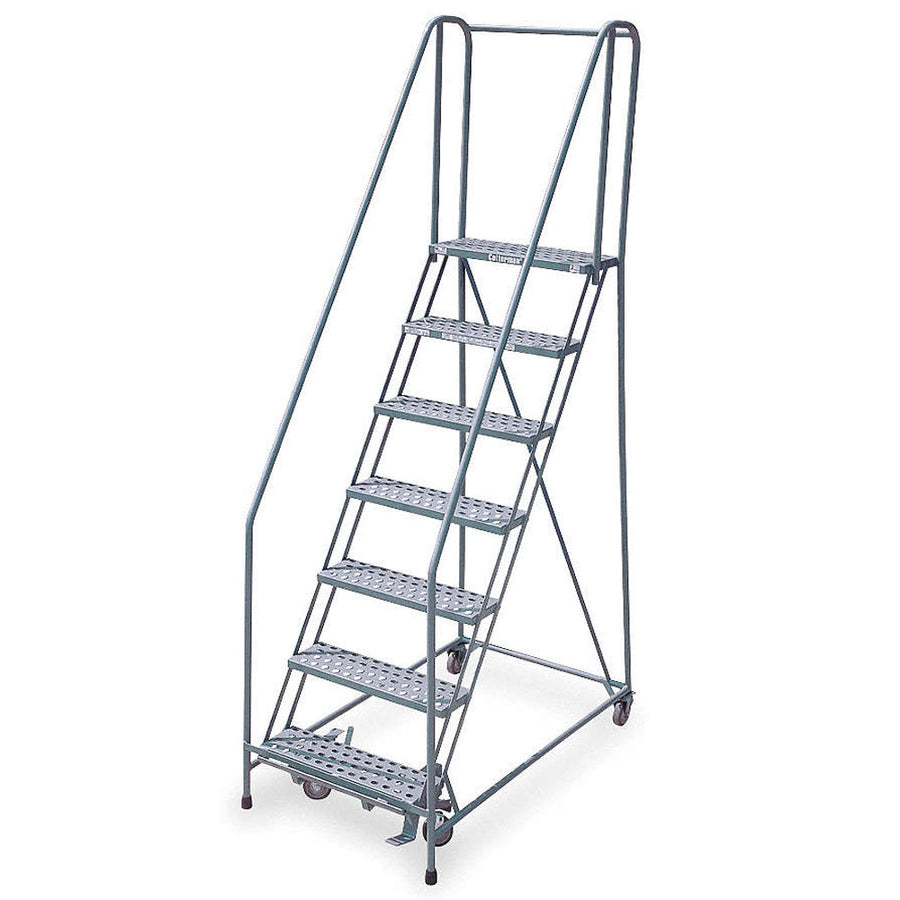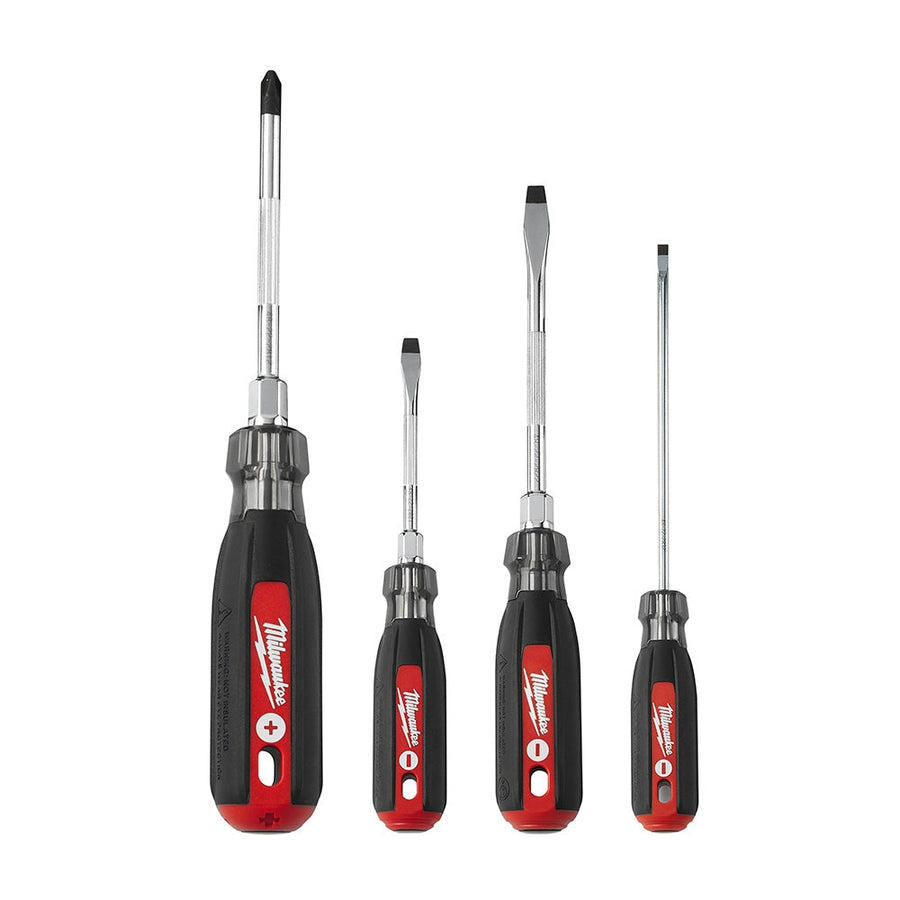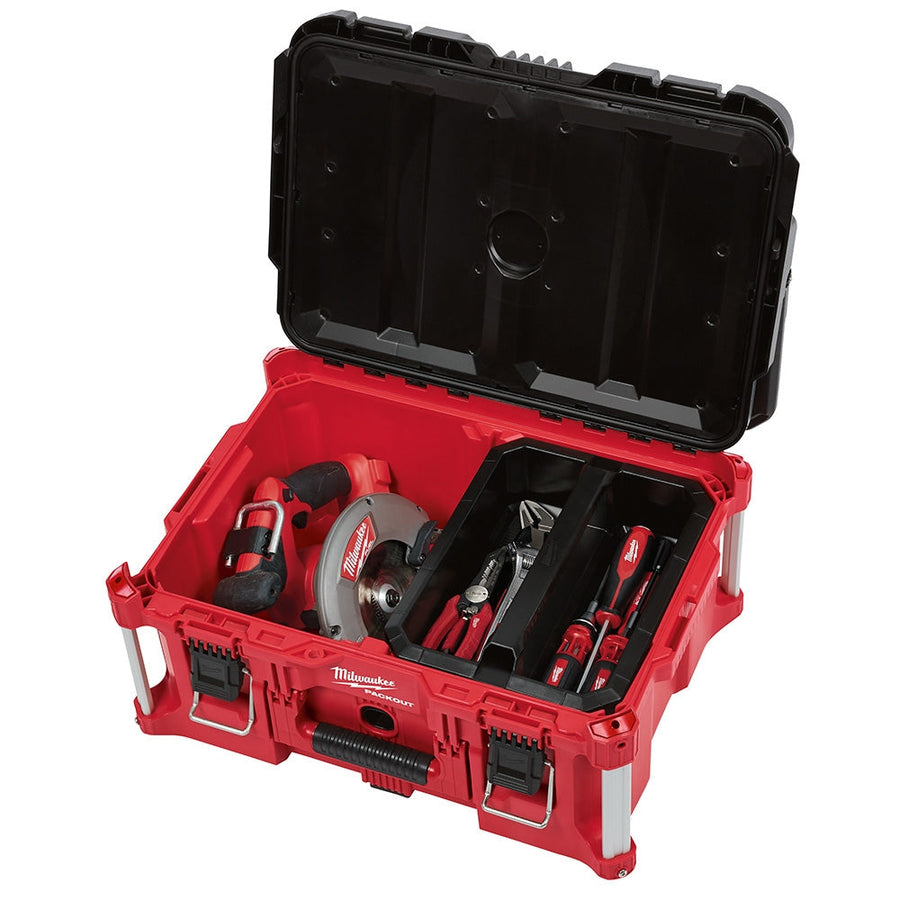As Q4 approaches, businesses may grapple with the complexities of managing peak season demands while preparing for the new year. This period often sees heightened inventory levels and shifting patterns, making it crucial to leverage data analytics to navigate these challenges effectively. By harnessing the insights provided by Q4 data, businesses can not only address immediate needs but also set the stage for enhanced storage solutions and warehouse operations in the coming year. Here’s how to utilize Q4 data to optimize your storage strategies and improve overall efficiency.
Analyze Inventory Trends
The holiday season and end-of-year promotions lead to significant fluctuations in inventory levels. Analyzing Q4 inventory data can uncover valuable trends and patterns in stock movement. By examining these patterns, you can identify which products experience spikes in demand and which ones remain steady. For example, if you observe that certain products see a sharp increase in demand during specific weeks, you can adjust your warehouse layout to position these high-turnover items in more accessible locations. This ensures quicker picking and packing, reducing processing times and improving order fulfillment rates.
Additionally, understanding seasonal demand trends allows you to plan for future inventory needs more accurately. If data indicates that certain products consistently perform well during Q4, consider increasing stock levels or pre-ordering these items to prevent shortages and meet customer expectations.
Assess Space Utilization
Effective space utilization is crucial for maintaining operational efficiency in a warehouse. During Q4, space constraints often become more apparent due to increased inventory levels. By analyzing data on space usage, you can identify areas where storage is either underutilized or overcrowded.
For instance, if data shows that specific sections of your warehouse are frequently congested while others remain underused, it may indicate a need for layout adjustments. Implementing strategies such as dynamic racking systems or reconfiguring shelving can help optimize space and improve accessibility. Additionally, analyzing traffic patterns within the warehouse can reveal high-traffic zones that might benefit from additional resources or better organization to reduce congestion.
Optimize Inventory Turnover
Inventory turnover rates are key indicators of how well products are moving through your warehouse. Q4 data provides insights into which products have high turnover rates and which ones lag behind. High turnover rates typically indicate that products are well-positioned and in demand, while slow-moving items may suggest inefficiencies in storage or placement.
Using turnover data, you can implement dynamic slotting strategies to optimize product placement based on sales velocity. For example, fast-moving items can be placed closer to picking areas to speed up order fulfillment, while slower-moving items can be stored in less accessible locations. This not only enhances picking efficiency but also reduces handling time and minimizes the risk of order delays.
Enhance Forecasting Accuracy
Accurate forecasting is essential for effective inventory management and storage planning. Q4 data is invaluable for refining your forecasting models. By analyzing sales and inventory trends, you can develop more precise demand forecasts for the upcoming year.
For instance, if your Q4 data shows a consistent increase in demand for certain products during specific periods, you can adjust your inventory levels accordingly. Improved forecasting helps you maintain optimal stock levels, reducing the risk of overstocking or stockouts. This not only improves customer satisfaction but also minimizes carrying costs and reduces waste.
Furthermore, incorporating predictive analytics can help you anticipate future trends and make proactive adjustments to your storage strategies. By leveraging historical data and predictive models, you can better prepare for fluctuations in demand and ensure your warehouse is equipped to handle future challenges.
Invest in Technology and Automation
Data analytics can guide decisions about investing in new technologies and automation. If your Q4 data highlights persistent inefficiencies or delays in order fulfillment, it may be time to explore technological solutions such as automated storage and retrieval systems (ASRS) or advanced inventory management software.
For example, if data reveals that manual picking processes are causing delays during peak times, implementing automation technologies could significantly improve efficiency. Automated systems can streamline processes, reduce errors, and enhance overall productivity. By analyzing the potential return on investment (ROI) for these technologies based on your Q4 data, you can make informed decisions about which solutions will best address your operational challenges.
Implement Continuous Improvement
Using Q4 data as a foundation for continuous improvement is essential for long-term success. Establish key performance indicators (KPIs) related to storage and organization, and regularly review these metrics to identify areas for enhancement.
For example, monitor metrics such as order accuracy, picking speed, space utilization efficiency, and inventory turnover rates. By continuously analyzing performance data and making data-driven adjustments, you can refine your storage strategies and improve overall warehouse operations. This iterative approach helps ensure that your warehouse remains agile and responsive to changing demands, leading to sustained operational excellence.
Leveraging data analytics during Q4 provides a strategic advantage for improving storage solutions and warehouse operations. By analyzing inventory trends, optimizing space utilization, enhancing forecasting accuracy, and considering technological investments, businesses can better prepare for the coming year and ensure more efficient and effective warehouse management. Embracing data-driven insights not only addresses immediate challenges but also lays the groundwork for long-term success. By continuously refining your strategies based on data, you can drive operational improvements and achieve a competitive edge in the dynamic world of warehousing and logistics.


